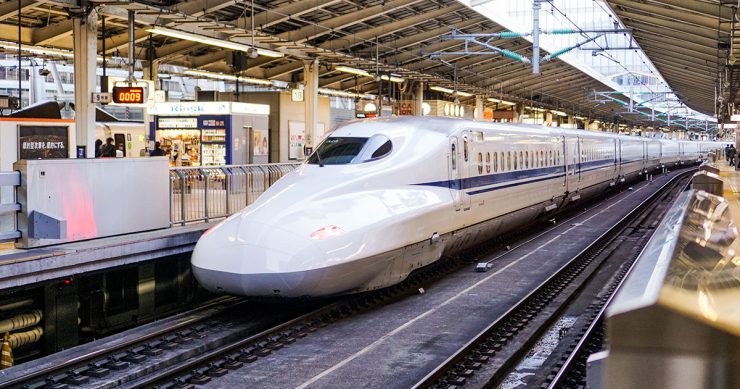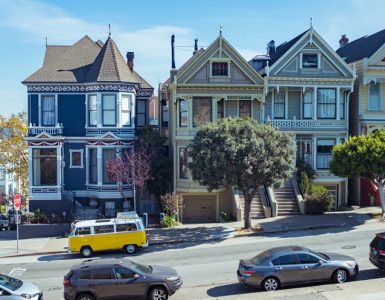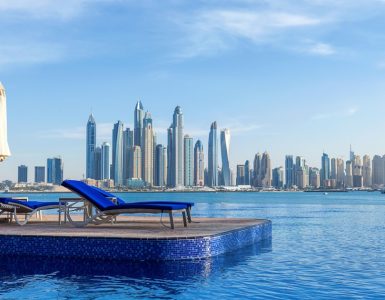We have put together 20 questions about different types transport from around the world. With questions ranging from when they where introduced through to identifying modern wonders of the transport world, we think that 14/20 would be the score to beat. Good Luck.
Concorde's first two scheduled flights were from London and Paris in 1973. Which city was the destination of the Paris based Concorde?
Starting on boxing day, yachts race from Sydney Harbour to which city every year?
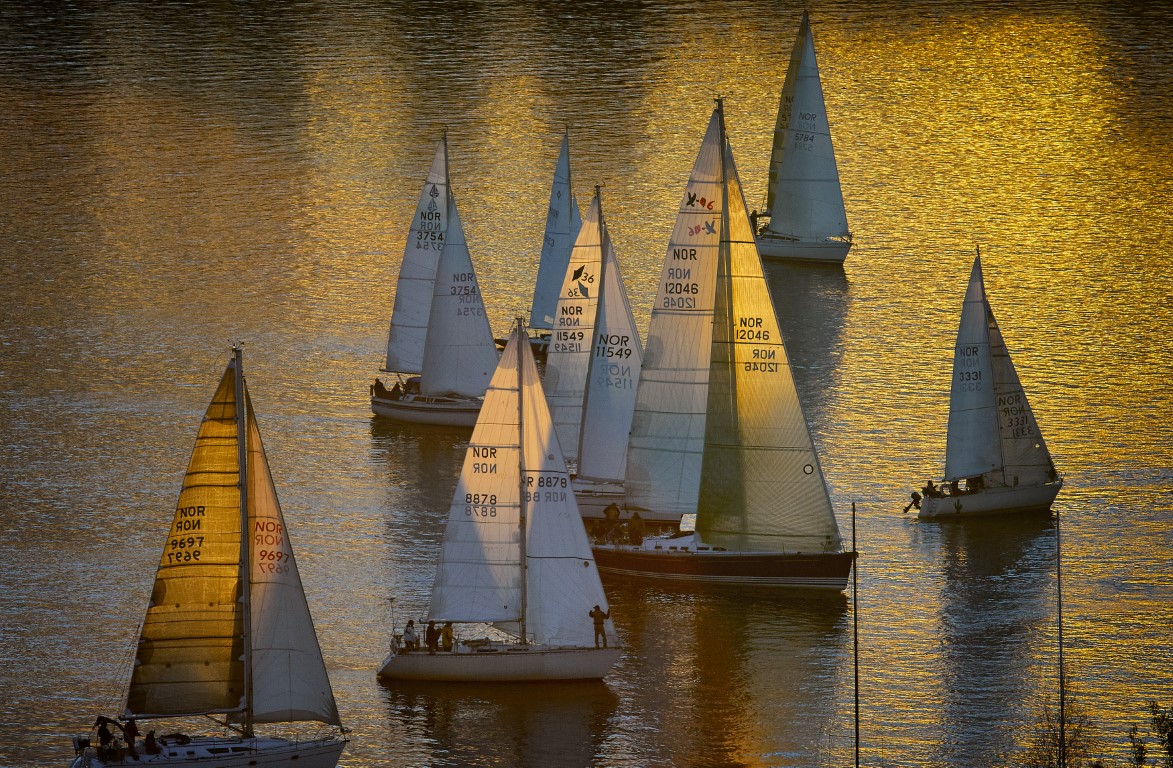
Sputnik, the first satellite to go into space was closest in size to?
Which ocean liner was retired from service in December 1967 and was sold to the city of Long Beach, California, where it still remains today?
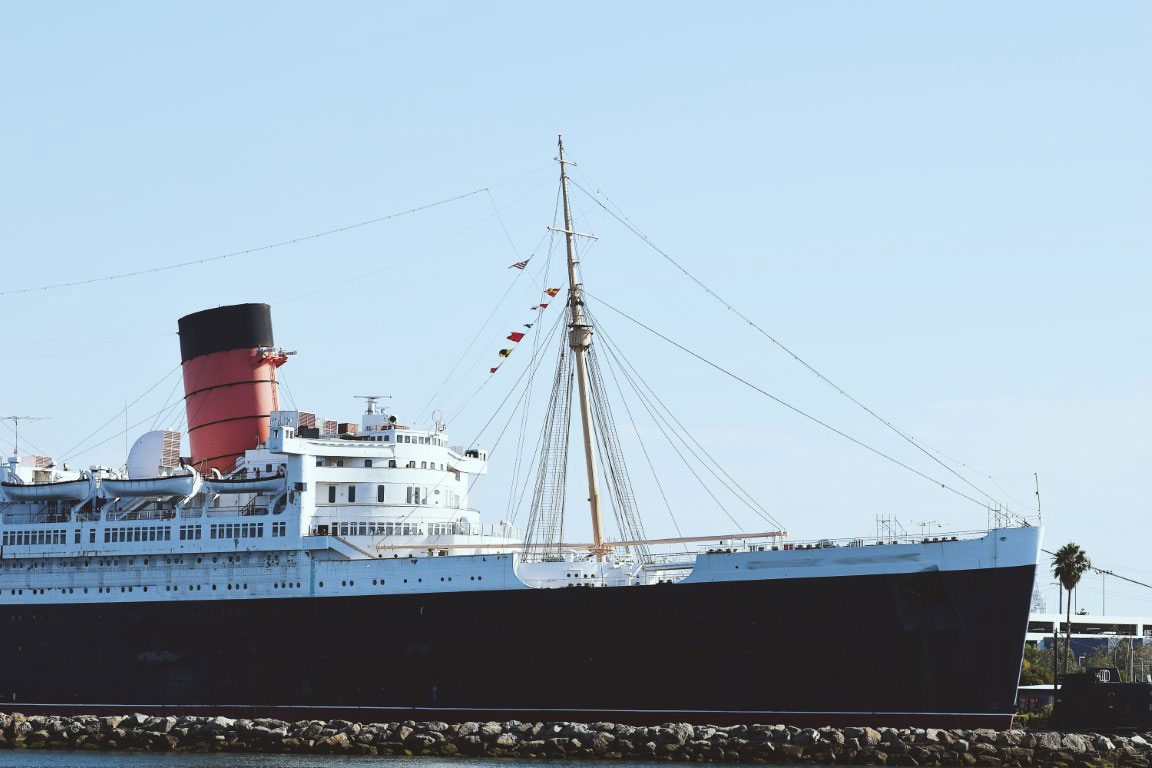
The Blue Train is a luxurious train service that makes a 1600 km journey across South Africa. Which two cities does it travel between?
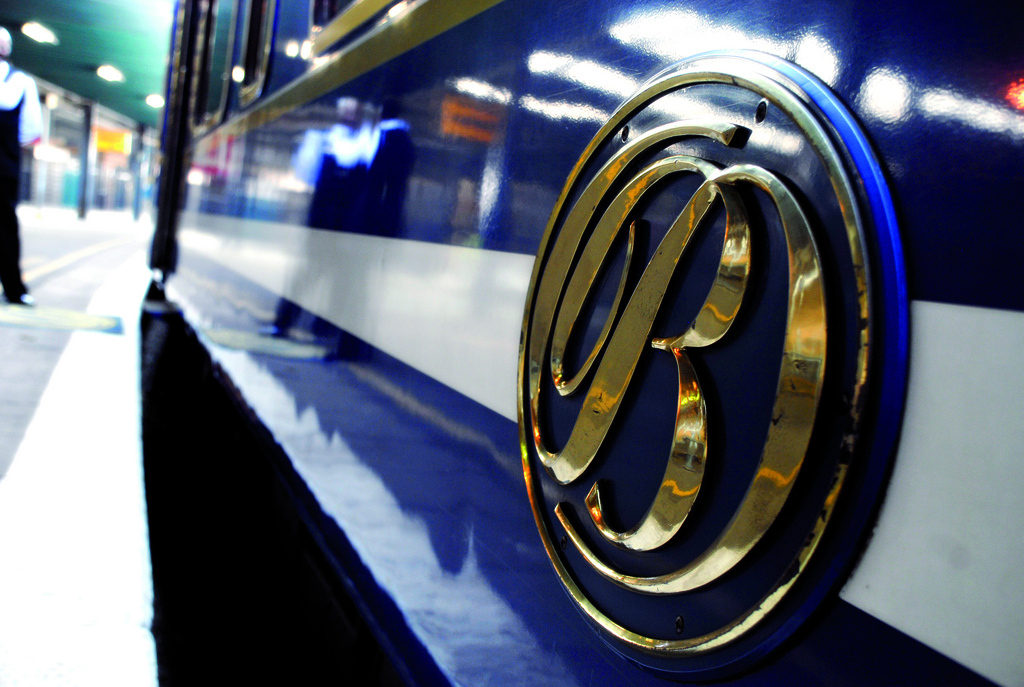
Incheon International Airport is the largest airport in which country?
What nickname was given to the Shinkansen high-speed trains of Japan because of their appearance and speed?
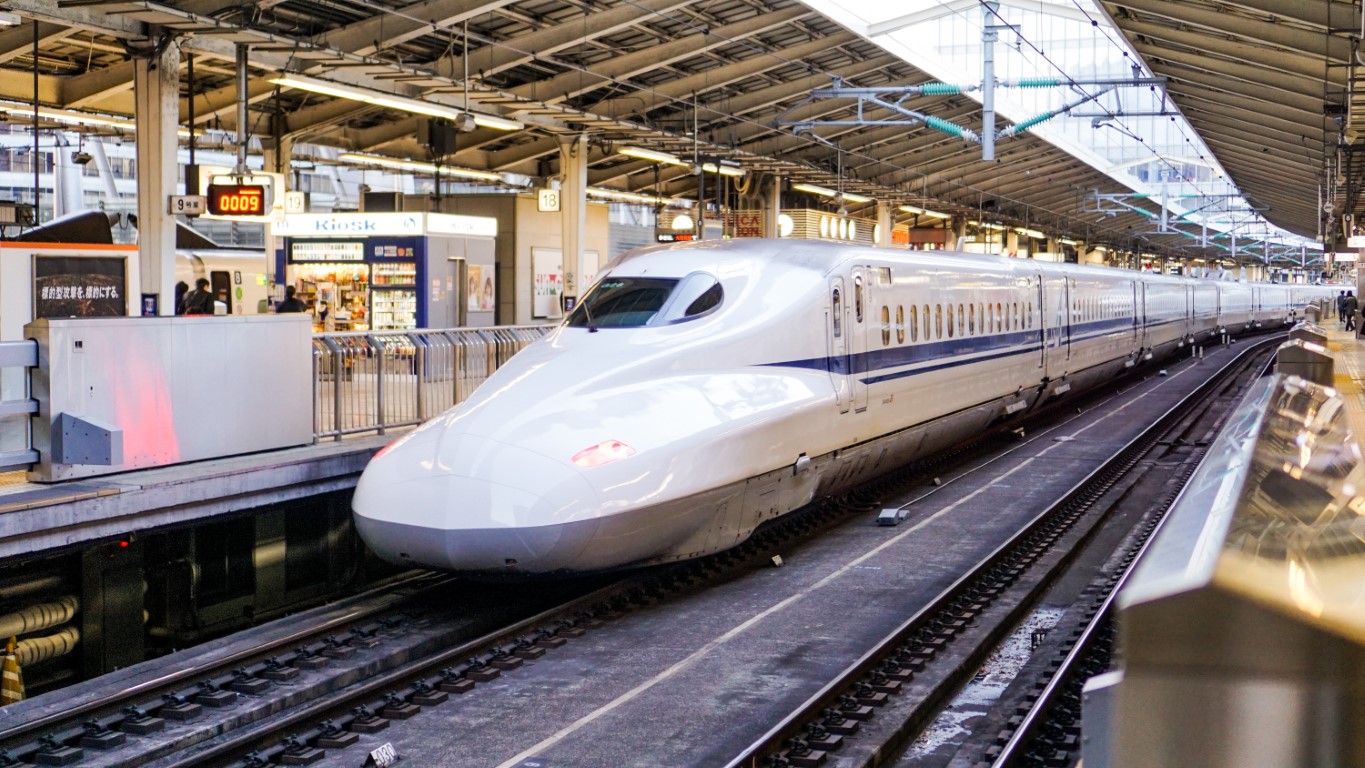
What is the name of the supersonic plane which serviced intercontinental passengers from 1976 through 2003?
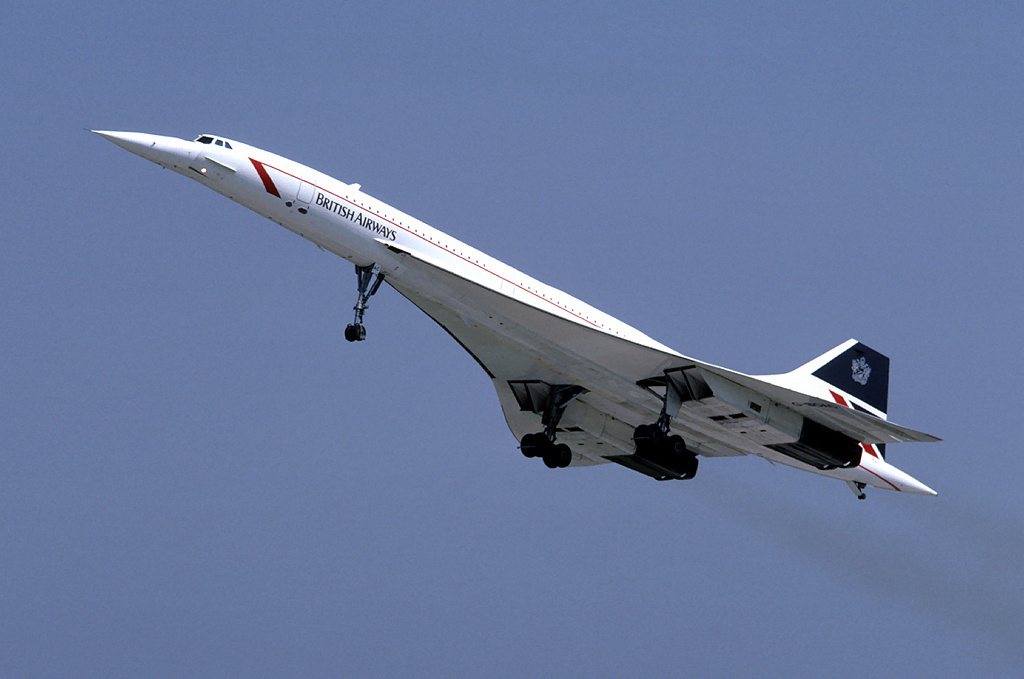
Oasis of the Seas, Freedom of the Seas and various other ships ending in 'of the Seas' are owned and operated by which company?
From the countries listed below, which DOES NOT drive on the left hand side of the road?
Which station is the London terminus for Eurostar, connecting the UK to mainland Europe?
The first elevator was developed in 1853, in which city would you find it?
In a canal, locks are areas where:
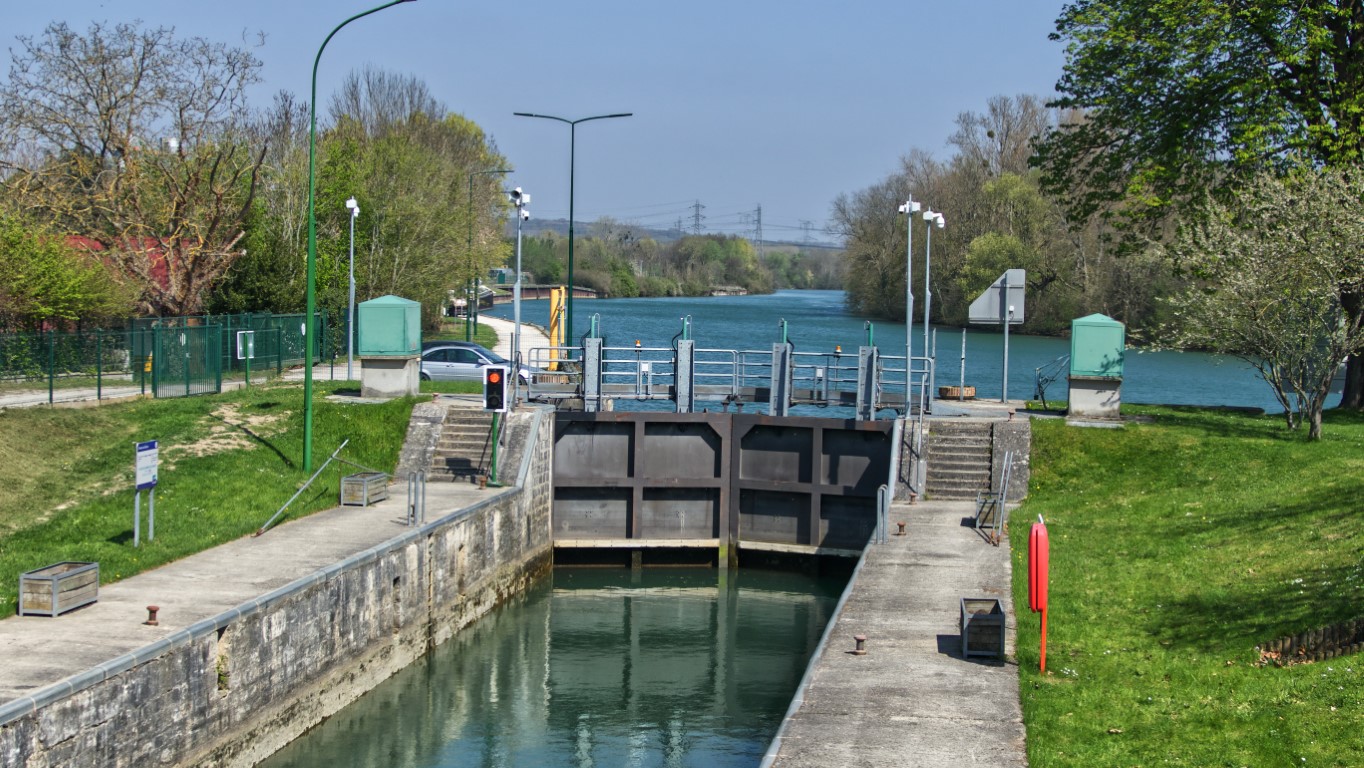
What type of plane is pictured below?
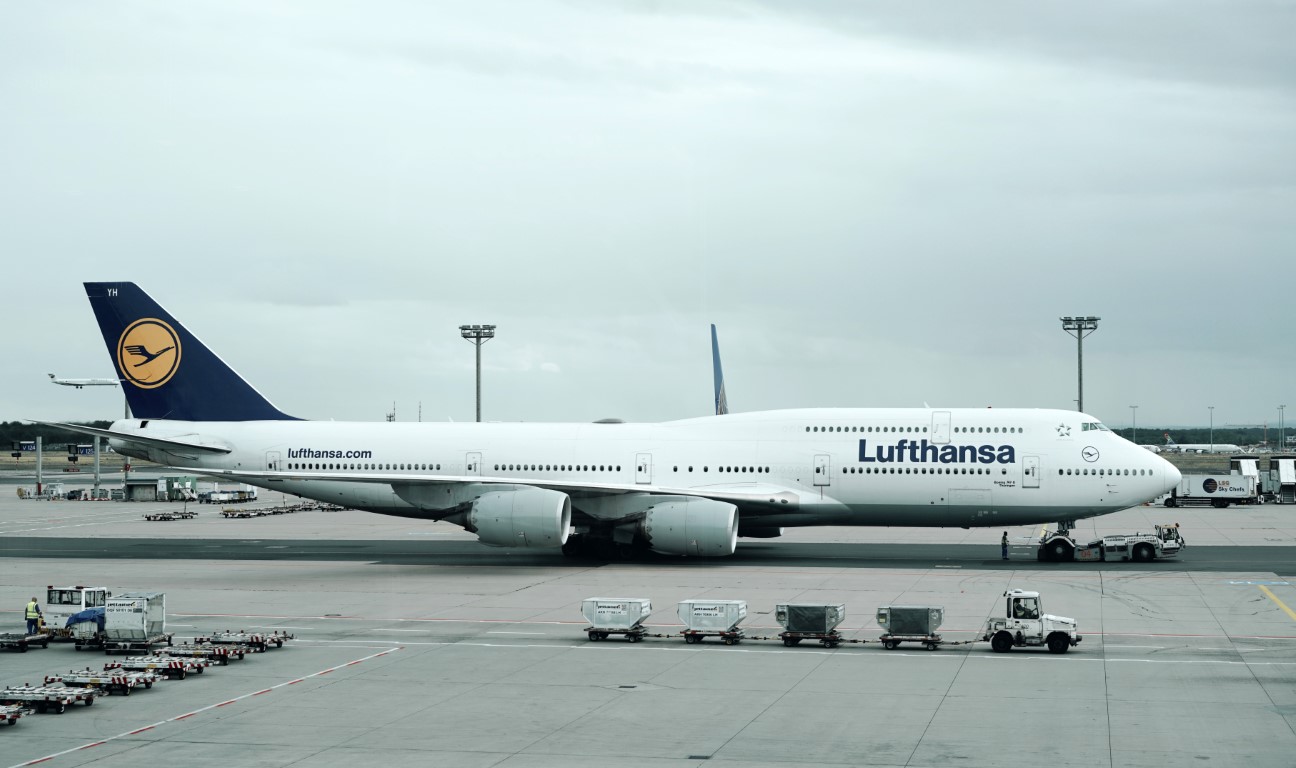
With the tallest of its towers reaching 343 m, the Millau Viaduct is the worlds tallest bridge. In which country would you find it?
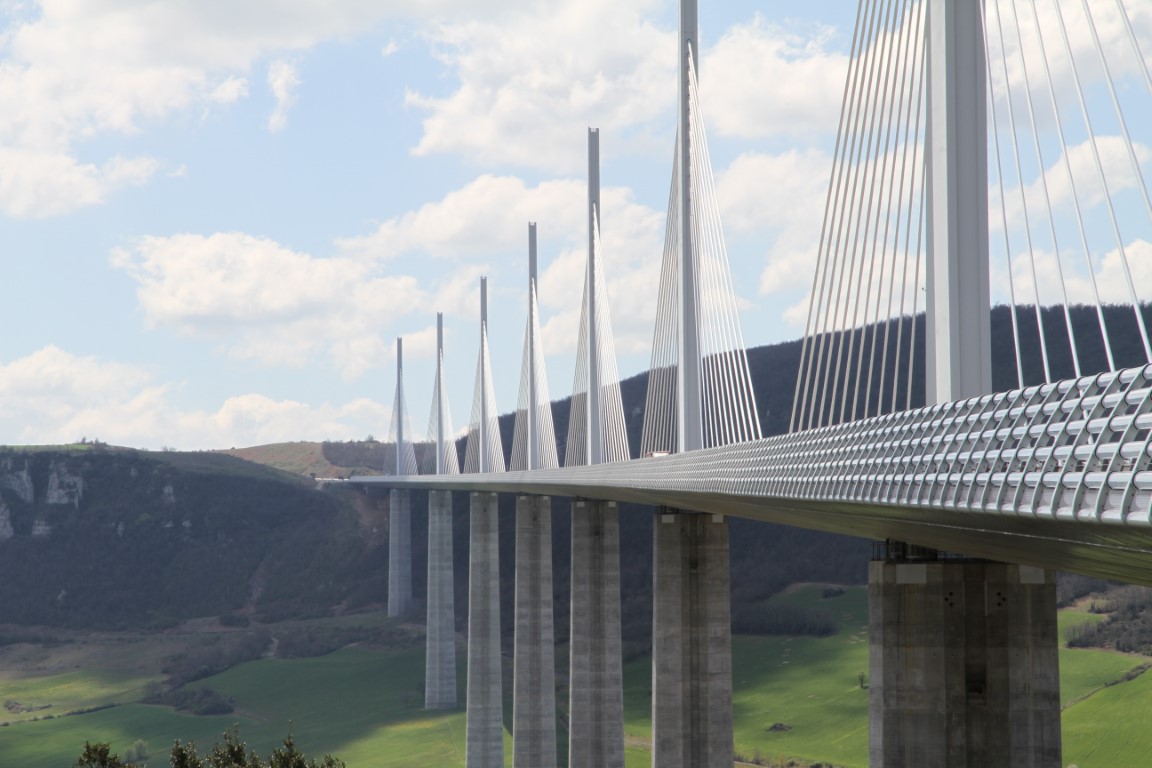
Garuda is the national airline of which country?
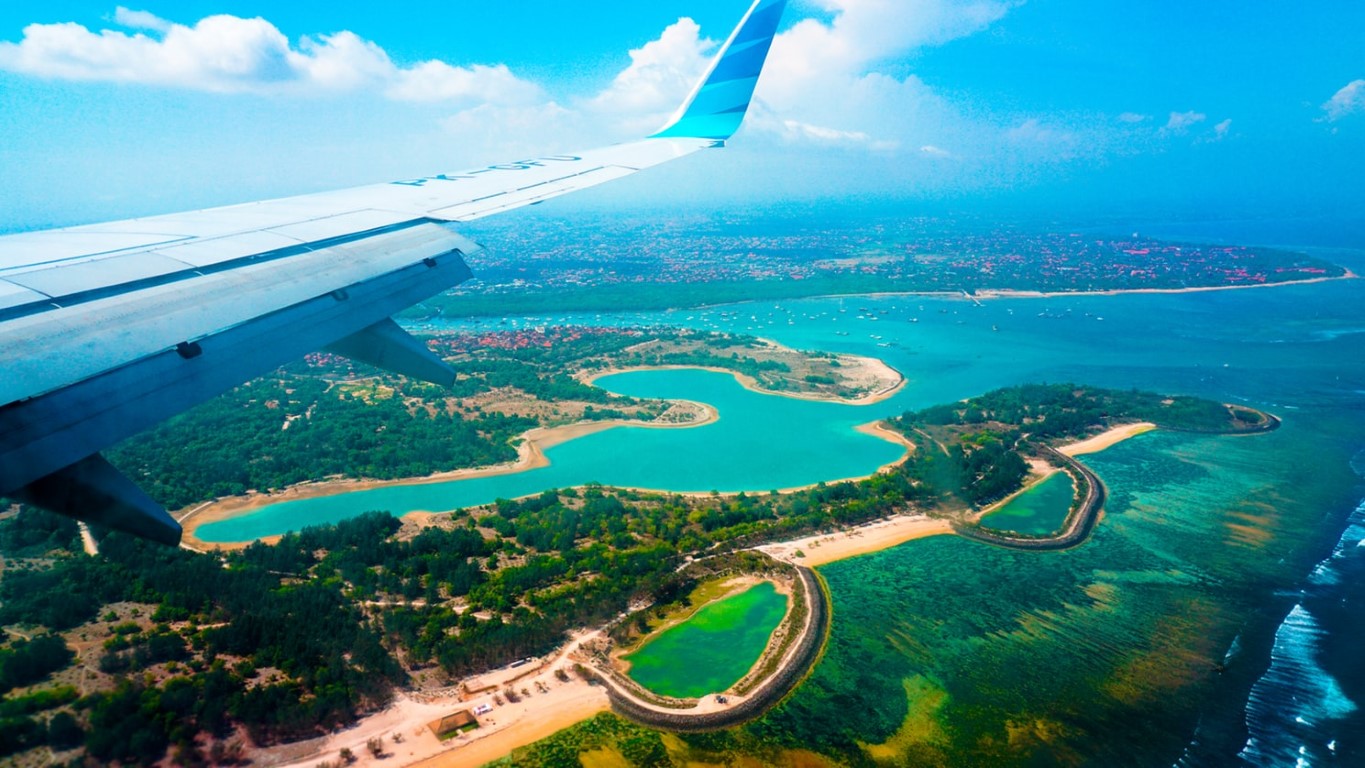
The first manned hot air balloon flight took place in 1783, in what country?
In what year was the Channel Tunnel, connecting the UK and France opened?
According to world bank figures, what country has the most cars per person in the world?
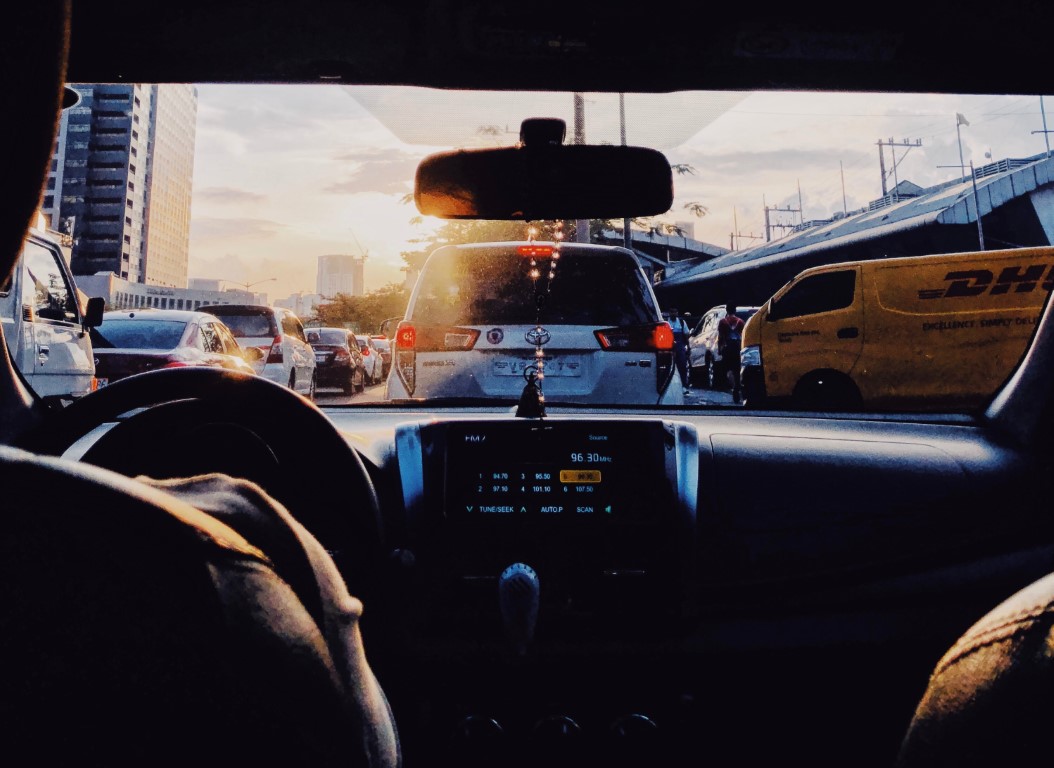
San Marino, a small republic in Northern Italy has 1,263 cars per 1,000 people.

